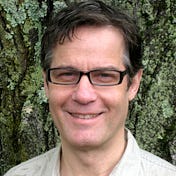
Harlan Brothers
he/himBook Author
Friend of Medium
Published Researcher | Mathematician | Composer | Educator | Inventor | Editor of Science Spectrum | Visit: www.harlanjbrothers.com

Book Author
Friend of Medium
Published Researcher | Mathematician | Composer | Educator | Inventor | Editor of Science Spectrum | Visit: www.harlanjbrothers.com